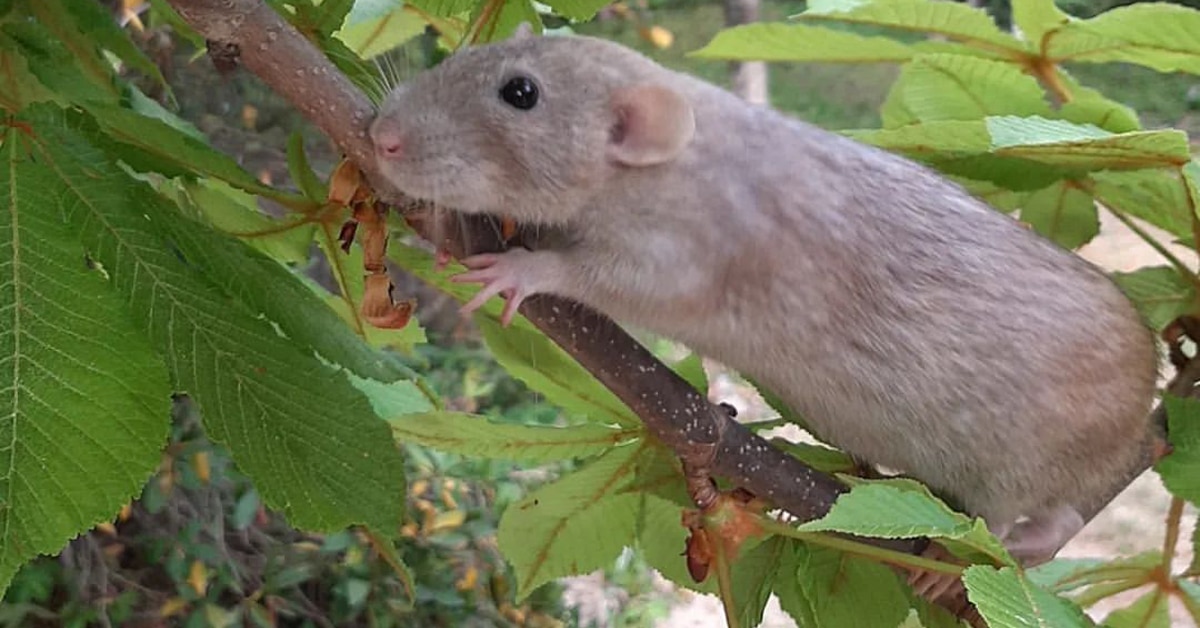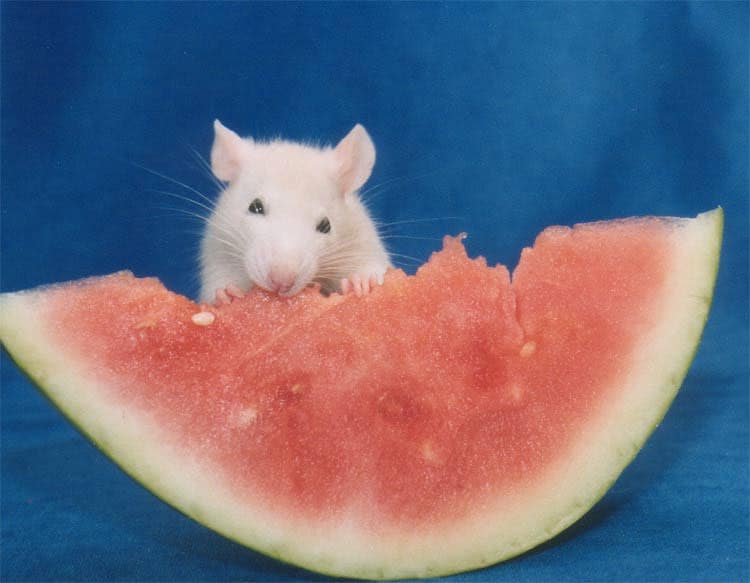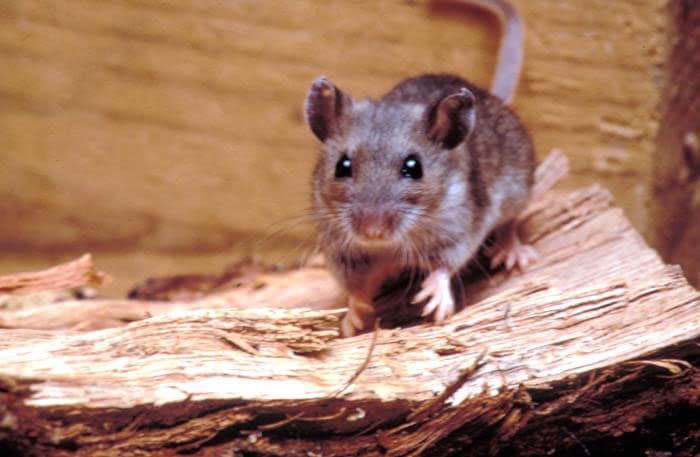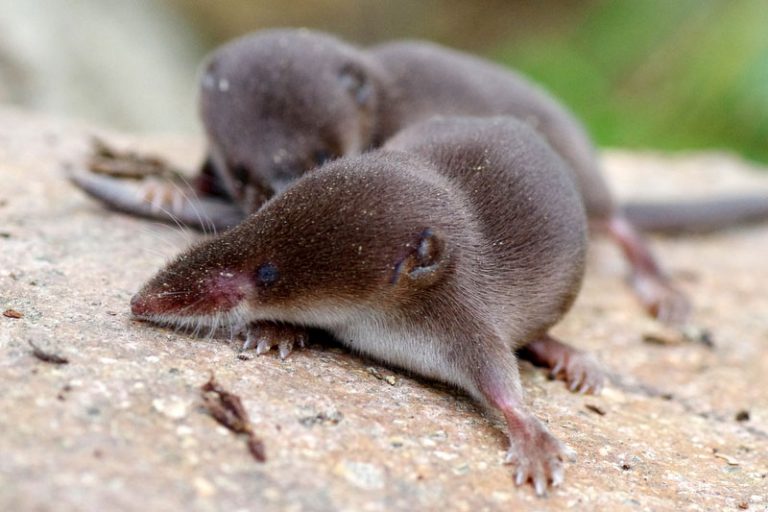Dumbo Rat – Overview, Traits, and Care Tips for Adorable Pets
The Dumbo rat can be a good choice if you’re trying to expand your furry family with a distinctive and endearing pet. This specific rat kind is distinguished by its large, enormous ears, which lie low on its head and give it a cute, almost comical appearance. But don’t let their appearance fool you – these clever and sociable creatures also make fantastic pets.
So if you’re interested in learning more about these adorable rodents, continue reading to learn everything there is to know about the Dumbo rat.
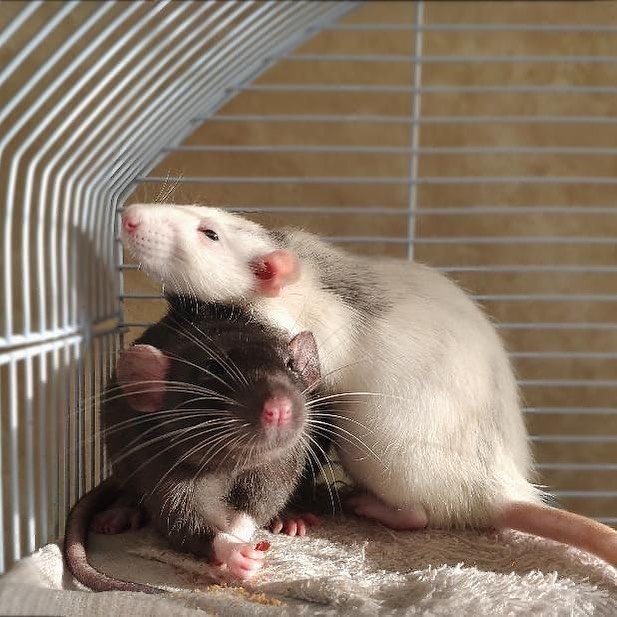
Overview of the Dumbo Rat
The dumbo rat, which has been maintained for companionship for such a long time, is the most popular species of farmed rat kept as a pet. However, their past is a bad one. Ironically, the fact that they were bred for death is one of the main reasons the species was able to thrive. They were employed as targets in blood sports in the 18th and 19th centuries. They continue to risk their lives for humans today since they are frequently employed in medical research.
Dumbo rats are considerably cleaner than their wild counterparts. They are no more likely to transmit illnesses or parasites than dogs, cats, or other tiny rodents like hamsters, even though many people may find the thought of having a rat as a pet repugnant.
Due to a genetic mutation that gives them round ears, large heads, small jaws, and wide eyes, the Dumbo rat is much cuter than most other species of rats. They look innocent because of the combination of these qualities.
They are simply a cuter variety of the same species of “scary-looking“ rats. Since they have been domesticated for many generations, they have different habits and are more susceptible to different diseases, but they will still share many of the same behaviors and preferences.
Appearance And Physical Characteristics
Since Dumbo rats have been kept as pets for a while, many breeders have worked to create distinctive markings and patterns to make them more appealing to potential owners. Over time, the breed has also innately evolved a few traits of its own.
Agouti and black are the two main color variations observed in Dumbo rats. Agouti refers to the fact that each individual hair has three separate tones, which frequently combine to give them a gray or brownish appearance. However, fawn and cinnamon also contain agouti dumbos.
Beige, blue, chocolate, and pure black are examples of hues with a black basis. The dumbo’s eye color will be influenced in part by its coat color. The most frequent eye colors are black, pink, ruby, and odd-eye (two different-colored eyes).
Dumbos can have a range of markings, such as Himalayan, which is a mixed shade of white, and entirely solid markings. Additionally, there are various coat varieties. Although some varieties have silky coats or curly hair, the main variation is in the coarseness of the fur.
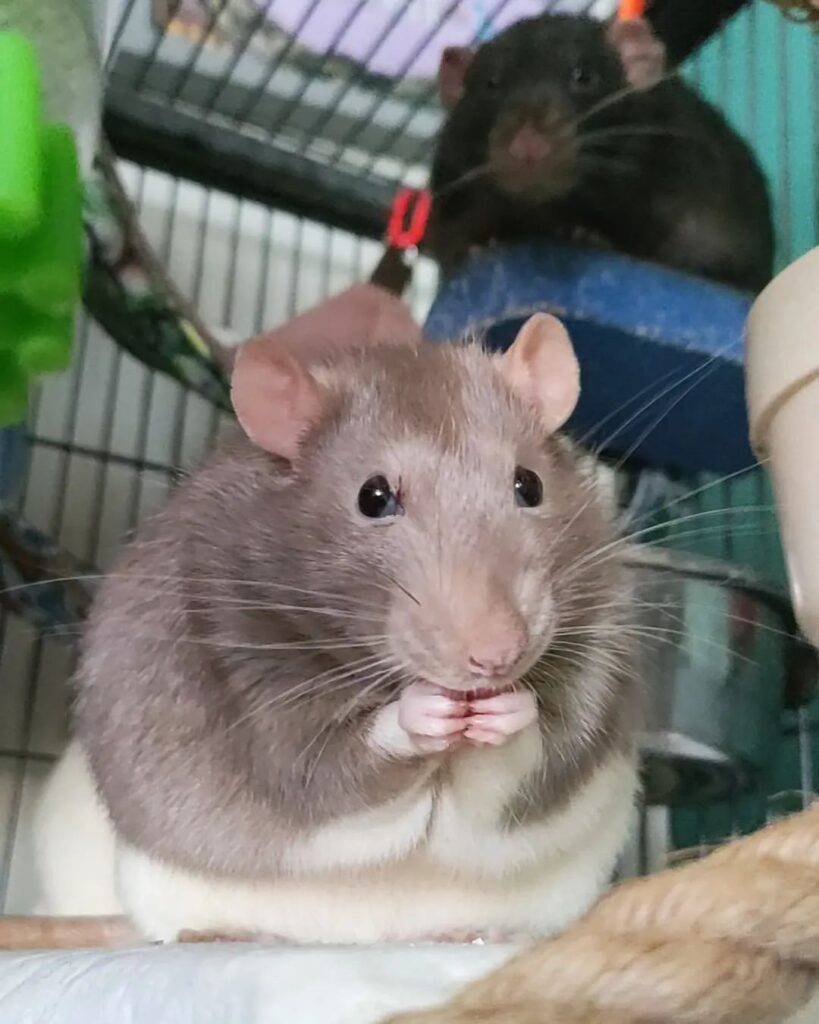
How to Take Care of a Dumbo Rat
Rats are often easy to maintain as long as you have a conducive habitat in place. They are well-liked by those who live in apartments and condos and make a great pet if you don’t have a lot of space.
Exercise & Activities
Rats, in general, enjoy playing. The Dumbo rat is no exception. Therefore, giving them a variety of toys will help keep them occupied and active. Additionally, the rats require a large number of chewable items, such as toys and wood blocks. They also enjoy shredding paper and cardboard. Playtime with you should be included, and many rat owners love clicker-training their rodents.
Your Dumbo rat may be trained to retrieve, come when called, and even go through a little maze of obstacles. Rats should occasionally be let out of their cages to exercise and explore, but always keep an eye on them. If you don’t keep an eye on them, rats might quickly locate the incorrect item to gnaw on, such as electrical lines.
Avoid using exercise balls and wheels since they can injure rats’ paws and tails and cause stress and anxiety.
Cage
For a pair of rats, the cage should be at least 24 inches by 12 inches by 12 inches in size and have more than one level so the rats may walk about. Tanks are preferable to wire cages, but check to make sure the floor of the cage doesn’t contain any sharp wire that might cut the rats’ feet. Rats are very sociable animals. Therefore, it’s best to have at least two of them so they can socialize.
Since all rats belong to the same species, you can keep a Dumbo rat with another Dumbo, preferably of the same sex, or with any other kind of rat. The use of wood or pine shavings should be avoided since they might be unhealthy. You should also provide a place where rodents can hide when they want some quiet time.
Bedding
You must line the cage with some sort of substrate in addition to placing a solid layer at the bottom of it. Two common possibilities are recycled newspaper or aspen shavings, but you may also use fabric, straw, or shredded cardboard.
Use cedar or pine shavings sparingly since they emit poisonous vapors that might make your rat ill. Additionally, you should keep your rats away from cat litter because if they accidentally consume any, it will clump in their stomach and could be fatal. Similar problems can occur with corn cob bedding, but it can also develop mold and produce poisonous spores.
Regardless of the substrate you choose, you must regularly clean your rat’s cage to maintain its health and prevent the rat odor from permeating your home.
Temperature & Light Needs
Dumbo rats thrive at room temperature, so your rat will likely be at ease with whatever thermostat setting you find tolerable. You should also provide them with enclosures so they can flee if they want to avoid the heat or cold, in addition to keeping the thermostat at a comfortable level.
There’s no need to add heat lamps to your rat’s enclosure as long as you maintain a decent indoor temperature. To replicate a day and night cycle, you should strive to provide them with 12 hours of light and darkness each day.
What Does a Dumbo Rat Eat?
It goes without saying that you must provide your tiny rat with proper food. Due to their omnivorous nature, dumbos can consume a range of different things. Rats have a far greater protein demand than other species of rodents. Therefore, sticking to a pellet meal designed for them is a good starting point.
Your dumbo’s diet should mostly consist of commercial rat pellets. They were created specifically to contain all the vitamins and nutrients your rat needs to be healthy. Avoid seed/grain blends, though, as rats tend to just select their preferred components from the blend, and those components are often the least healthy for them.
Beyond that, you can give them fresh fruits and vegetables, but watch out for overindulging in fruit that is high in sugar. Leafy green veggies are a great option because rats adore them and they’re packed with antioxidants.
To avoid your friends becoming overweight, give out these snacks in moderation. Naturally, you should also always have access to fresh water because rats require more water than the majority of rodent species.
You can occasionally feed them grains like bread and cereal, but only once a week. They will also consume modest quantities of meat in the form of bland chicken or scrambled eggs, both of which are quite healthy for them owing to their high protein content.
Don’t be tempted to frequently switch up the diet for Dumbo rats because they are creatures of habit. It is advised to feed them the same items often to prevent digestive issues.
When they are infants, you should feed them twice or three times a day. However, once they are fully grown, you can reduce that to once or twice a day. Be careful not to overfeed them because the species has a high prevalence of obesity and diabetes.
How Dumbo Rat Behaves Around Other Pets
Due to their social nature, keeping two or more Dumbo rats at once is frequently encouraged. They get along with each other regardless of gender, but unless you wish to create rat pups, keep males and females apart. But if you want to prevent same-sex aggressiveness, you may also have them neutered and spayed.
Most other animals find these rats to be welcome and kind, which is a feature that frequently works against them. Of course, you should keep them away from your cat, and dogs can be unpredictable. Some may ignore them, while others may want to eat them.
Bottom Line
After delving into the world of Dumbo rats and learning about their unique characteristics and lovable personalities, it’s easy to see why they make such wonderful companions. Whether you’re a first-time rat owner or a seasoned rodent enthusiast, a Dumbo rat is sure to be a valuable addition to your household. With the information provided in this article, you’ll be equipped to provide your furry friend with a happy and healthy life full of love and care. So go ahead and welcome a Dumbo rat into your home – you won’t be disappointed!

Nato is a content writer and researcher with a background in psychology who’s eager to explore the wonders of nature. As a travel enthusiast and animal lover, she hopes to inspire others to discover and cherish the beauty and importance of the natural world.

